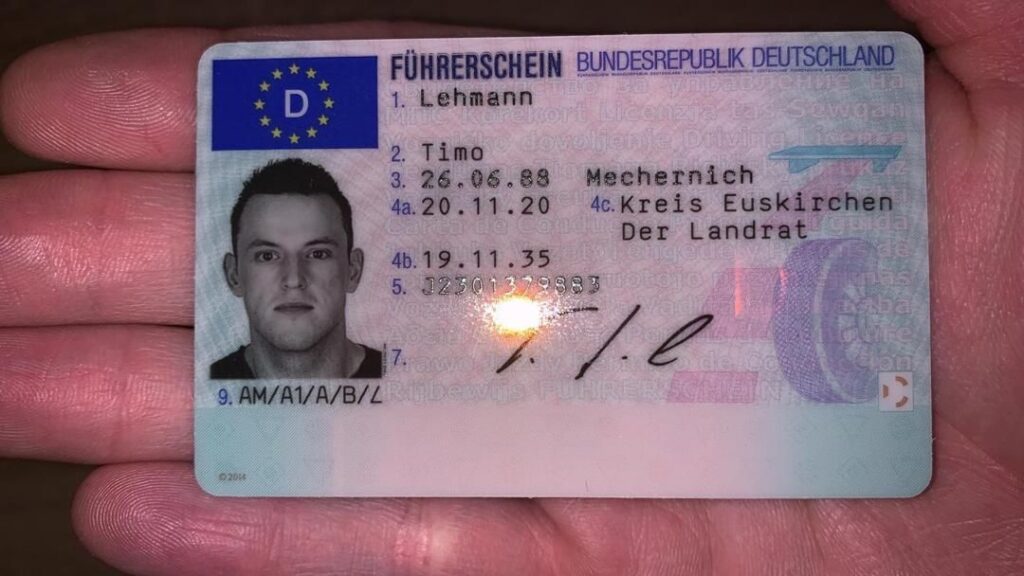A1 Theory Test: 10 Things I'd Like To Have Learned In The Past
A Comprehensive Guide to the A1 Theory Test: What You Need to Know
The A1 theory test is an important action for those aspiring to end up being motorcycle riders in the United Kingdom. Understanding the structure, subjects, and requirements of the A1 theory test can substantially increase a prospect's opportunities of passing. This post aims to offer extensive information about the A1 theory test, including its format, study tips, and regularly asked questions (FAQs).
What is the A1 Theory Test?
The A1 theory test is one part of a two-part motorcycle licensing process in the UK. It examines a rider's understanding of roadway security, traffic guidelines, and safe riding practices. Candidates need to pass this test to advance to the practical riding test, which examines their ability to operate a motorcycle safely.
Secret Components of the A1 Theory Test
The A1 theory test consists of 2 primary sections:
Multiple-Choice Questions:
- There are 50 multiple-choice concerns covering a large variety of topics related to road safety and motorcycling. Prospects must respond to at least 43 concerns correctly to pass this section.
Threat Perception Test:
- This part of the test includes a series of video that reveal various traffic circumstances. Prospects must click the mouse when they see a developing risk. The objective is to score points based on how early you identify the dangers.
Table: A1 Theory Test Overview
Component
Description
Pass Mark
Multiple-Choice Questions
50 questions on road safety and policies
43 out of 50
Hazard Perception Test
Video with developing hazards. Führerschein Kaufen Seriös to identify hazards.
44 out of 75 points
Overall Duration
1 hour (approx.)
Getting ready for the A1 Theory Test
Research study Materials
To prepare efficiently for the A1 theory test, prospects need to make use of a range of resources:
Official DVSA Learning Materials:
- The Driver and Vehicle Standards Agency (DVSA) offers main guides and books that outline the key subjects.
Online Practice Tests:
- Numerous websites use practice exams and tests that mimic the actual test environment.
Mobile Apps:
- There are numerous apps developed for bike theory test preparation, allowing users to discover on the go.
Study Tips
Here are several pointers for preparing for the A1 theory test efficiently:
Develop a Study Schedule: Create a timetable that allocates particular times for studying various topics related to the test.
Use Visual Aids: Diagrams, charts, and videos can improve understanding of complicated concepts.
Join a Study Group: Collaborating with fellow prospects can provide inspiration and extra insights.
Practice Hazard Perception: Familiarize yourself with the hazard understanding area by finishing practice videos.
Take Regular Breaks: Short breaks assist to maintain focus and avoid tiredness during study sessions.
Common Questions About the A1 Theory Test
Frequently asked questions
What happens if I stop working the A1 theory test?
If a prospect fails the A1 theory test, they can retake it. However, it is suggested to reassess study techniques and focus more on weaker areas before reattempting.
The length of time is the A1 theory test valid for?
When passed, the A1 theory test certificate stands for two years. Throughout this period, prospects should pass the practical riding test to get a complete motorcycle license.
Where can I schedule the A1 theory test?
Candidates can reserve their A1 theory test through the official DVSA website. It is available at various testing centers across the UK.
What is the cost of the A1 theory test?
As of 2023, the cost of the A1 theory test is ₤ 23. Prices might differ, so it's a good idea to check the official DVSA website for the most present info.
The A1 theory test is an essential evaluation for those looking to get a motorbike license in the UK. Understanding the test's structure, studying efficiently, and equipment up with the best products are crucial actions in the preparation procedure. With the best approach and dedication, candidates can effectively browse through the theory test and carry on to the practical riding assessment, paving the way for a gratifying motorcycling experience.
- * *
This guide aims to remove any unpredictabilities surrounding the A1 theory test, offering a clear path for candidates to be successful and end up being safe, accountable motorcyclists.
